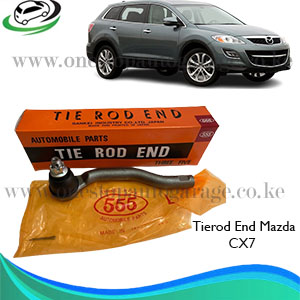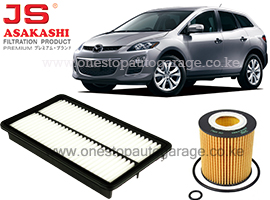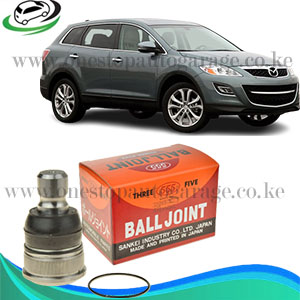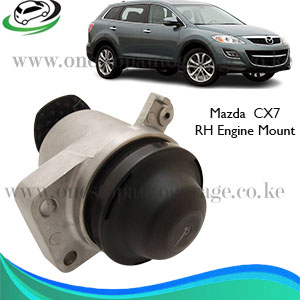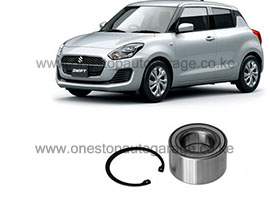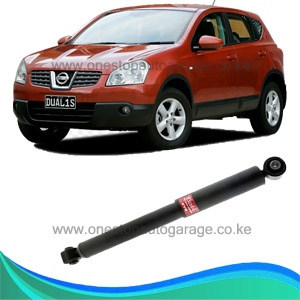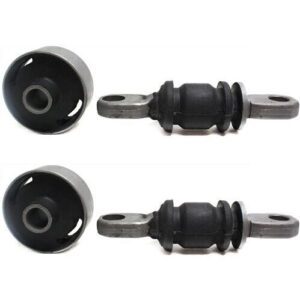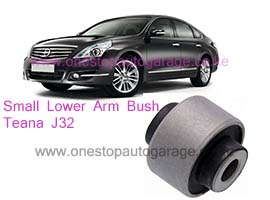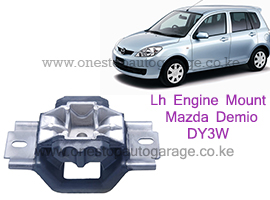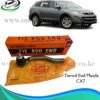No products in the cart.
KSh5,000KSh5,500 (-9%)
In stock
MAZDA CX-7
TIE ROD END
BRAND:555
MADE IN JAPAN
PRICE PER SET
Categories: Suspension Parts, Steering Tie rod End
Frequently Bought Together
-
Add to Package (KSh5,000
KSh5,500(-9%)) -
Add to Package (KSh2,500
KSh3,000) -

Oil filter Mazda Atenza, Axela, Biante, CX-7, Mazda 3,Mazda 5,Mazda 6,Mazda Premacy
KSh1,000KSh1,500Add to Package (KSh1,000KSh1,500) -
Total Price: KSh8,500
- This item: MAZDA CX-7 TIE ROD END(KSh5,000
KSh5,500(-9%)) - MAZDA CX-7 BALL JOINT(KSh2,500
KSh3,000) - Oil filter Mazda Atenza, Axela, Biante, CX-7, Mazda 3,Mazda 5,Mazda 6,Mazda Premacy(KSh1,000
KSh1,500)
MAZDA CX-7 TIE ROD END (555) in Kenya
The prices for Mazda CX-7 Tie Rod End is @Ksh5000 (555) in Nairobi Kenya.
Tie rod ends constitute integral elements within the steering mechanism of a vehicle, forming the link between the steering linkage and the steering knuckle. Positioned at the outer ends of the tie rods, they serve as the crucial connection points responsible for transmitting the rotational force from the steering system to the wheels.
Functionality:
The primary function of tie rod ends lies in their ability to facilitate controlled wheel movement in response to steering inputs. As the driver turns the steering wheel, the tie rod ends act as the conduits for this rotational force, translating it into lateral motion that directs the wheels to turn left or right.
Components and Construction:
Typically comprising a threaded rod terminated by a ball-and-socket joint, tie rod ends are engineered for durability and strength. The ball joint, enclosed in a protective housing, allows for pivotal movement while the threaded section connects to the inner tie rod. These components are often crafted from high-strength steel or alloys, ensuring they can endure the substantial forces encountered during steering maneuvers.
Grease fittings are commonly incorporated, facilitating lubrication to reduce friction and wear, thereby extending the lifespan of the tie rod ends.
Importance of Tie Rod Ends:
- Steering Precision: At the forefront of their importance is the role tie rod ends play in maintaining steering precision. They are the conduits through which the driver’s steering inputs are translated into controlled wheel movements, ensuring a responsive and predictable driving experience.
- Alignment Stability: Tie rod ends significantly contribute to wheel alignment stability. By mitigating excessive toe-in or toe-out of the wheels, they play a crucial role in preserving proper alignment. This, in turn, promotes even tire wear, extending the longevity of tires and enhancing fuel efficiency.
- Safety Assurance: The integrity of tie rod ends is intertwined with the safety of a vehicle. In the event of tie rod end failure or significant wear, the vehicle’s steering control can be compromised, leading to handling issues and potentially hazardous situations.
- Tire Wear Prevention: Properly functioning tie rod ends contribute to even tire wear. Misaligned wheels, often a consequence of worn tie rod ends, can result in uneven tire tread wear, impacting both safety and the lifespan of the tires.
- Handling Performance: Tie rod ends exert a direct influence on the overall handling performance of a vehicle. They contribute to stability during turns, ensuring that the vehicle responds predictably to steering inputs. This is particularly critical during emergency maneuvers where precise control is paramount.
Common Issues and Maintenance:
Despite their robust design, tie rod ends are not impervious to wear and tear. Common issues include:
- Looseness or Play: Over time, the ball-and-socket joint in tie rod ends may develop play or looseness. This can manifest as imprecise steering, vibrations, or audible clunking noises during driving.
- Boot Damage: The protective boot enveloping the ball joint is susceptible to damage from road debris, moisture, or general wear. A compromised boot can lead to contamination of the joint, hastening wear and reducing the lifespan of the tie rod end.
- Wear and Tear: The continuous movement and exposure to road conditions can result in wear in the ball-and-socket joint. Regular inspections are imperative to identify signs of wear, such as excessive play or visible damage.
- Lubrication Issues: Adequate lubrication is critical for the smooth operation of tie rod ends. Lack of lubrication or dried-out grease can accelerate wear and contribute to premature failure.
Regular inspections during routine maintenance, including wheel alignments, are essential for identifying potential issues with tie rod ends. When replacement is warranted, it is advisable to use high-quality components that meet or exceed original equipment manufacturer (OEM) specifications.
Conclusion:
Tie rod ends, often overshadowed by more conspicuous components, emerge as linchpins in the intricate ballet of vehicle steering. Their role in steering precision, alignment stability, and overall safety underscores their critical importance. Recognizing the significance of tie rod ends prompts a commitment to regular maintenance, inspections, and prompt replacements when necessary. These unassuming components, though concealed beneath the chassis, are guardians of steering performance, exemplifying the meticulous engineering embedded in the architecture of a reliable and secure mode of transportation.

